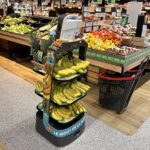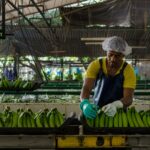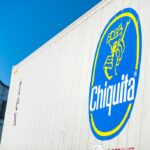Ecuador sees banana production dip, lower sales to EU on higher minimum price

Ecuador's Association of Banana Marketing and Export (Acorbanec) recently posted its May figures, with production showing a 1.46% decrease due to unfavorable weather conditions.
The cold temperatures at night and in the early morning, and the increase in solar radiation during the day, together with excessive rainfall in several banana growing areas, caused the plantations to develop abnormally, Acorbanec said.
During the first five months of 2024, Ecuador exported a total of 160.45 million boxes of bananas. The United States takes about 12% of overall shipments.
The top destinations for Ecuadorian bananas include the European Union with a 31% share, followed by Russia (19%) and the Middle East (13%). Further behind is the rest of the Southern Cone (6%), making it the sixth largest destination, followed closely by East Asia (6%) and Central Asia (3%).
The rise in the minimum support price from US$6.50 to US$6.85, agreed on in November last year, caused key markets to reduce their purchases. For example, the European Union reduced purchases by 16% in 2024 compared to 2023, importing the fruit from other producing countries such as Colombia.
Logistic challenges
Drought in the Panama Canal, and the subsequent reduction in the maximum authorized draft, also hindered Ecuadorian banana exports. This issue caused an increase in shipping costs, especially in January and February 2024.
Russia was the market most affected by these conditions, as ships had to reroute through the Strait of Magellan, taking a transit time of 30 days, which increased freight costs and reduced the country’s purchase volume.
Attacks by Houthi groups on cargo ships crossing the Red Sea to reach the Middle East have also affected the Ecuadorian banana trade, Acorbanec stated. Many ships waited days to weeks to pass through the Red Sea. Others opted to go around Africa to Cape Good Hope, which took more time and further increased shipping costs.














































